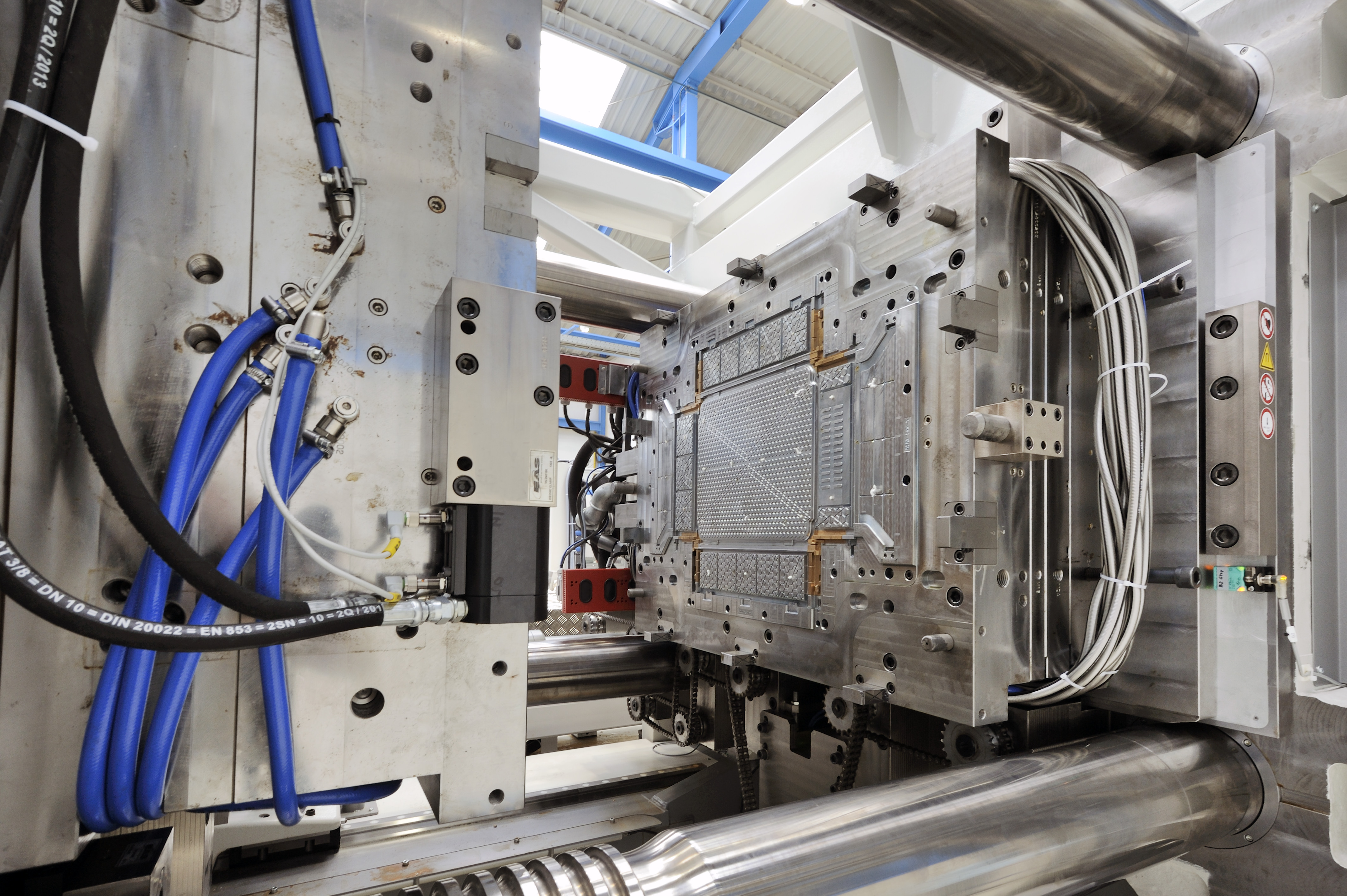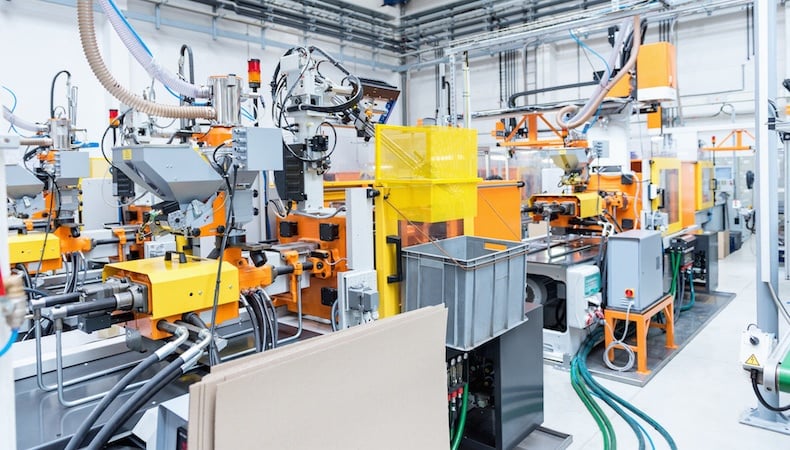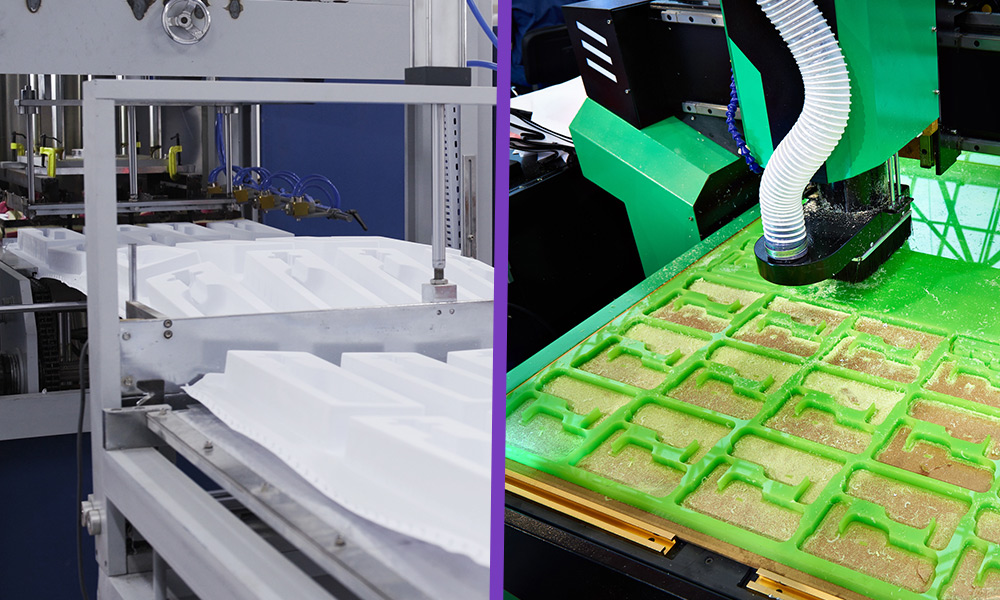Recognizing the Basics of Plastic Shot Molding Processes
Plastic shot molding serves as a cornerstone of contemporary manufacturing, providing a systematic strategy to generating complicated components with precision. This process not just incorporates the fundamental steps of melting and injecting products right into mold and mildews however additionally entails a nuanced understanding of various influencing variables, such as temperature level and stress. As markets progressively require performance and quality, the complexities of this approach become extra important. Checking out these vital elements could expose just how even small adjustments can cause substantial renovations in production results, increasing questions about the possibility for technology in this well established process.
What Is Plastic Injection Molding?
Plastic injection molding is a widely used manufacturing process that transforms thermosetting and polycarbonate materials right into precise and complex shapes. This method is favored for its ability to generate high quantities of similar get rid of remarkable accuracy, making it a vital method in numerous industries, including automobile, durable goods, and medical devices.
The procedure includes thawing the selected plastic product and injecting it right into a mold under high pressure. The mold and mildew, designed to the specs of the preferred component, permits the liquified plastic to materialize as it cools and strengthens. When the product has actually hardened, the mold is opened up, and the finished component is ejected.
Plastic shot molding provides numerous benefits, including minimized waste, consistency in production, and the capability to include intricate designs that may be challenging with various other manufacturing approaches. In addition, it supports a broad series of products, each giving one-of-a-kind residential properties that can be customized for particular applications. As sectors remain to innovate, plastic injection molding stays at the forefront, making it possible for the advancement of advanced items that fulfill progressing customer needs.
The Shot Molding Refine
The injection molding process is an innovative technique that entails a number of essential phases to create high-quality plastic parts. Initially, plastic pellets are fed right into a warmed barrel where they are melted into a viscous liquid. This molten plastic is after that infused under high stress into a precision-engineered mold and mildew, which shapes the product into the wanted kind.
Once the mold is loaded, the plastic is permitted to cool down and strengthen, taking the form of the mold and mildew dental caries. Cooling time is crucial, as it influences the cycle time and the final residential properties of the molded part. After enough cooling, the mold and mildew opens, and the completed part is expelled utilizing ejector pins.

Materials Made Use Of in Shot Molding
Various products can be used in the shot molding procedure, each offering special residential properties that satisfy specific applications. One of the most generally utilized products include thermoplastics, thermosetting plastics, and elastomers.

Thermosetting plastics, like epoxy and phenolic materials, undertake a chemical change throughout the treating procedure, causing an inflexible, inflexible structure. These products are ideal for applications calling for high warmth resistance and structural integrity, typically utilized in auto components and electrical insulators.
Elastomers, including silicone and rubber-based materials, provide adaptability and resilience. Their distinct properties make them appropriate for applications that require flexibility, such as gaskets and seals.
Additionally, specialized products like bio-based plastics and composites are obtaining traction for their environmental benefits and boosted performance features, widening the scope of shot molding applications in various markets. Recognizing the homes of these products is vital for visit the site selecting the proper kind for certain tasks.
Benefits of Injection Molding
Shot molding sticks out as a very efficient production process that provides various advantages for producing complicated get rid of precision. One of one of the most considerable advantages is the capability to produce complex styles that would be difficult or challenging to achieve with other approaches (Plastic Injection Molding). The procedure permits for thorough attributes and limited tolerances, ensuring high-grade elements
In addition, shot molding is understood for its rapid manufacturing capabilities, making it an optimal selection for high-volume production. When the mold and mildew is created, components can be generated rapidly, decreasing lead times and enhancing overall efficiency. This effectiveness not only decreases production expenses however additionally provides an affordable side in the market.
The adaptability of materials used in injection molding additionally boosts its charm. A variety of thermoplastics and thermosetting polymers can be employed, permitting suppliers to select materials that finest satisfy their details requirements, consisting of toughness, adaptability, and warmth resistance.
In addition, the process minimizes waste, as excess material can frequently be recycled and recycled. This sustainability facet adds to a reduced ecological influence, making shot molding an accountable production choice. Generally, the benefits of shot molding make it a recommended approach for several industries.
Factors Impacting Product Top Quality
While countless variables can influence item top quality in injection molding, understanding these components is crucial for attaining optimum results. Trick facets consist of product choice, refining specifications, and mold and mildew design.
Product option plays an essential function, as various polymers display unique homes that impact flowability, stamina, and thermal security. Inadequate material choice can bring about problems such as bending or insufficient dental filling.
Processing specifications, including pressure, cycle, and temperature time, have to be diligently controlled. Variants in these settings can cause incongruities partially measurements and surface area coating. Excessively high temperatures might cause deterioration of the polymer, while insufficient stress can result in brief shots.
Mold and mildew layout is just as important, as it figures out the circulation of the molten plastic and the cooling procedure. Badly made molds might cause irregular cooling rates, continue reading this resulting in dimensional errors and recurring stresses.

Conclusion
To conclude, plastic shot molding functions as a crucial production process that enables the efficient manufacturing of top quality parts. Mastery of the injection molding process, including the understanding of materials and the impact of various factors on item high quality, is necessary for accomplishing optimum outcomes. The benefits of this approach, such as cost-effectiveness and layout adaptability, more underscore its value throughout multiple markets, solidifying its condition as a recommended selection for high-volume production.
Plastic shot molding serves as a keystone of modern manufacturing, offering a systematic method to generating complex parts with accuracy.Plastic shot molding uses several advantages, including lowered waste, uniformity in production, and the capability to incorporate elaborate layouts that may be challenging with various other making approaches (Plastic Injection Molding). As sectors proceed to innovate, plastic shot molding continues to be at the forefront, enabling the growth of innovative products that fulfill advancing consumer demands
The injection molding procedure is an advanced technique that includes numerous essential phases to produce top notch plastic parts.In conclusion, plastic shot molding serves as an essential manufacturing procedure that enables the reliable manufacturing of top notch components.